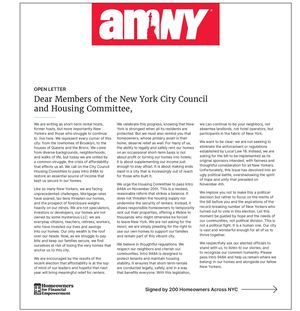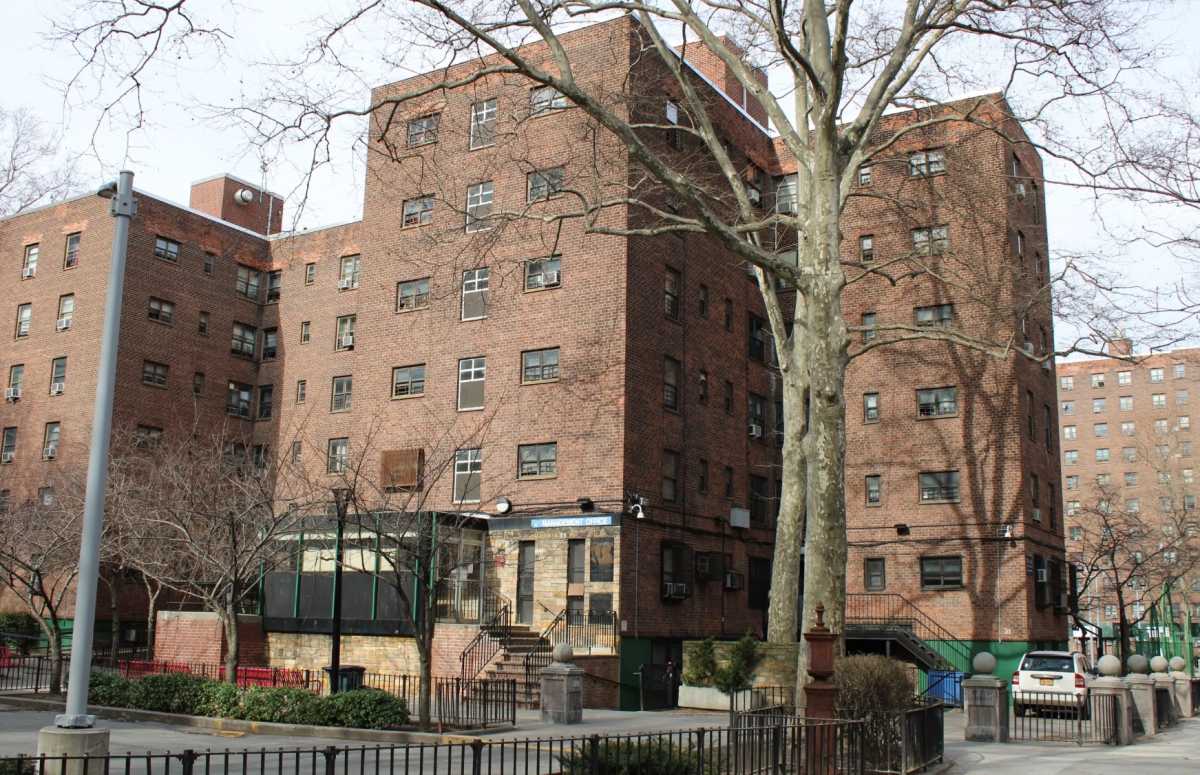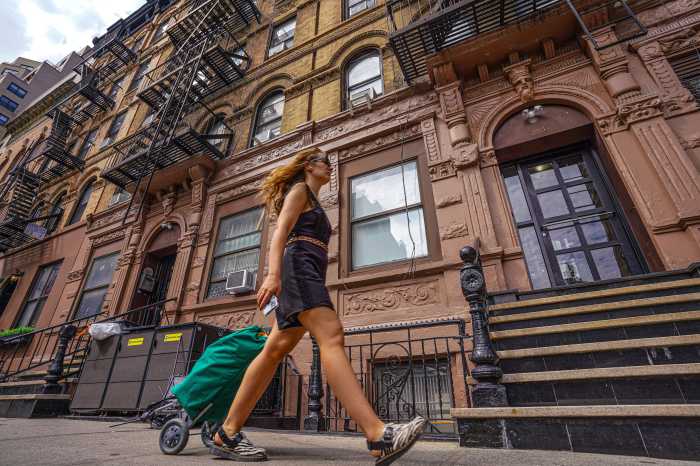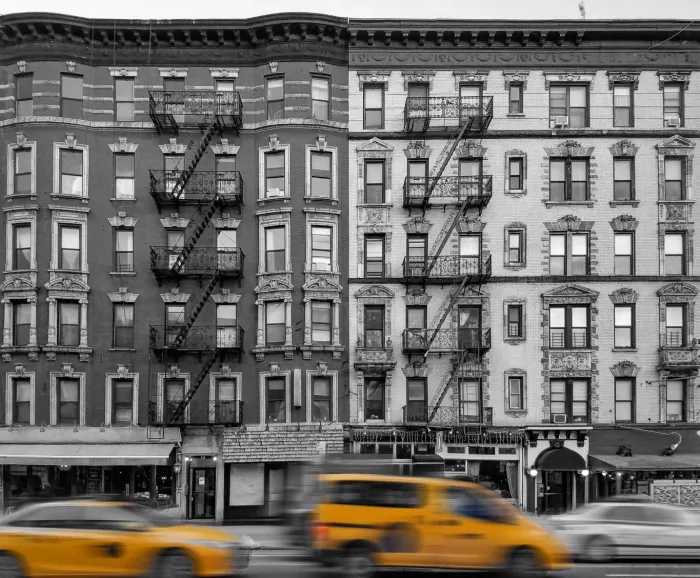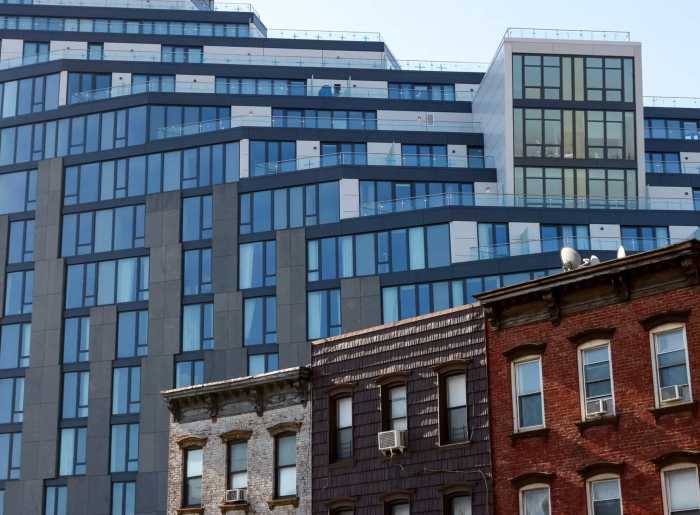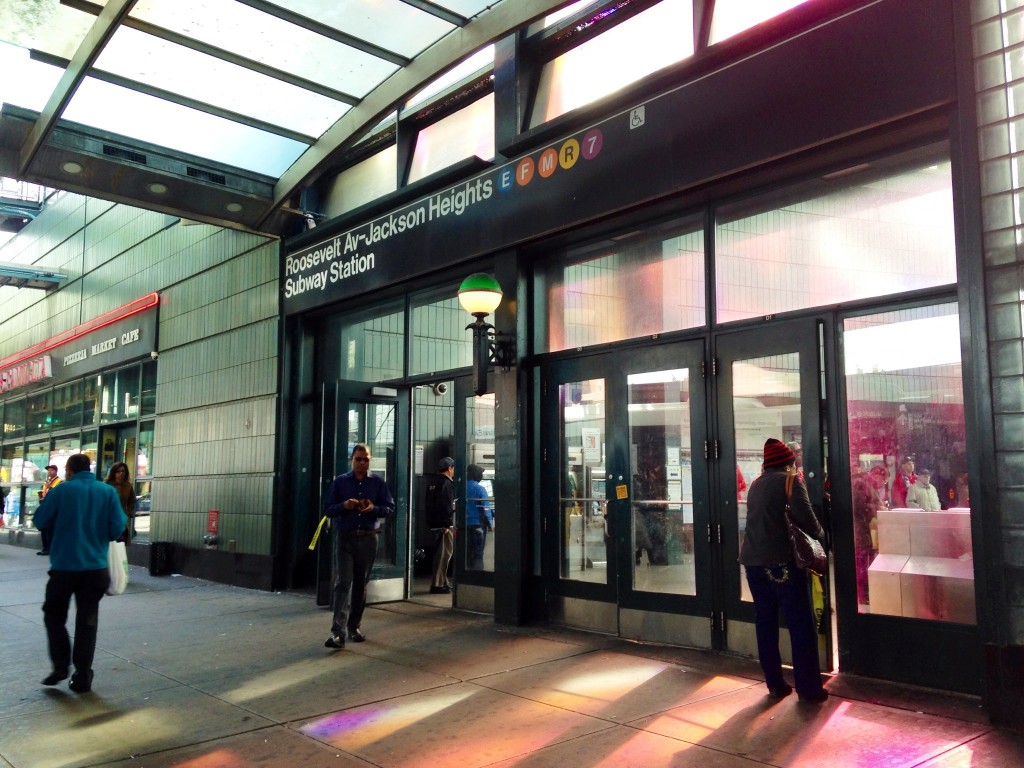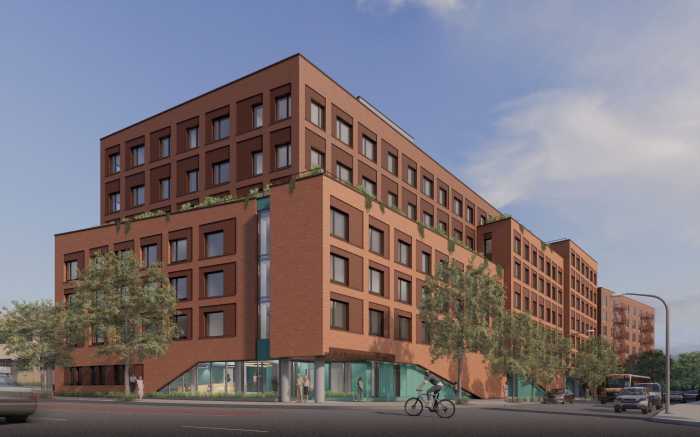This week in the Bronx, part of a NYCHA building collapsed — a horrifying reminder that New York City’s public housing is quite literally falling apart.
Our city faces many urgent challenges, but none are more pressing than our affordable housing shortage and the crisis plaguing our public housing system. What happened in the Bronx was not an isolated incident — it was the predictable result following decades of neglect and disinvestment. And unless we act with urgency and creativity, we risk further tragedies occurring.
If we are going to confront New York’s affordability crisis, we must think bigger and move faster than we have every before, because we’ve simply run out of time.
Nearly a century ago, New York led the nation in creating public housing with NYCHA in 1934 — the first in the country. NYCHA still dwarfs every other public housing system in North America, with over 179,000 apartments housing nearly 400,000 New Yorkers.
But decades of neglect, underinvestment, and political dysfunction have corroded the system. Federal disinvestment began in the 1970s and accelerated under Reagan, while neither the state nor the city filled the gap. And as should be clear to anyone, the Trump Administration is definitely not coming to the rescue to supply funding for NYCHA.
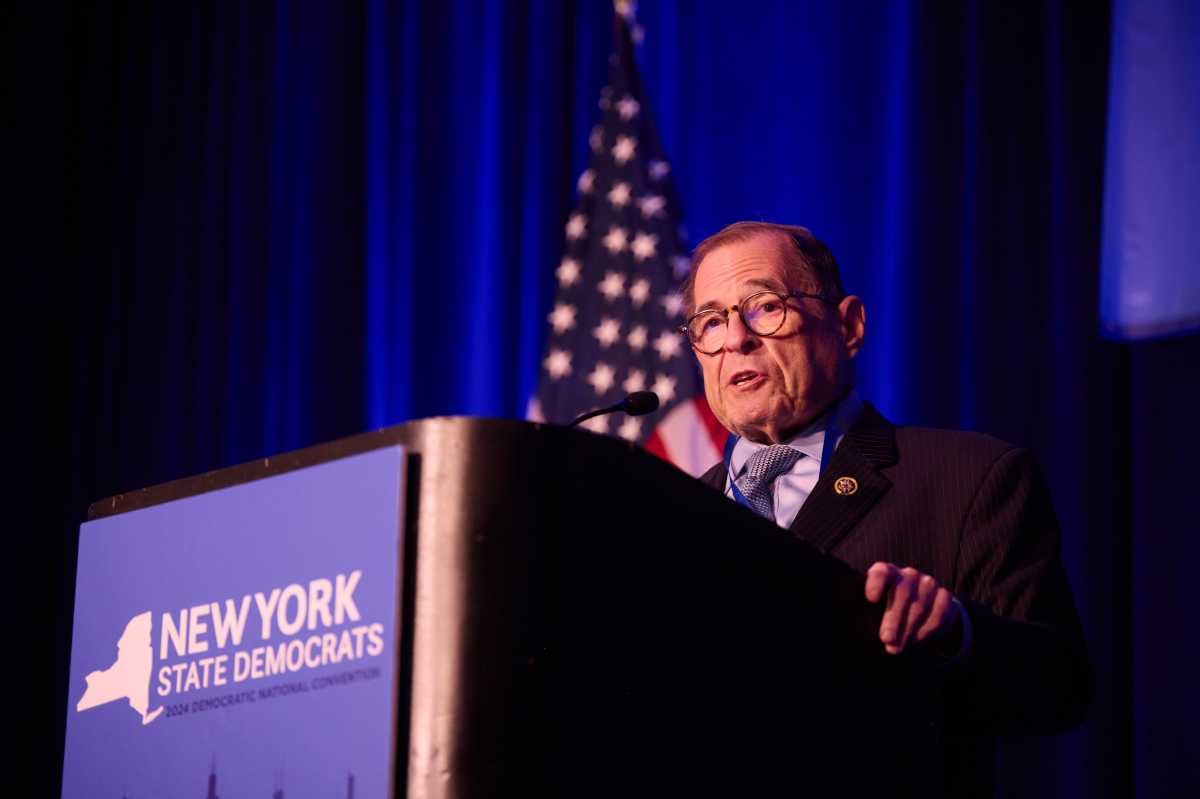
Today, NYCHA faces nearly $80 billion in unmet repair needs. The consequences aren’t abstract—they’re putting New Yorkers in harm’s way right now. Residents endure pervasive mold and asbestos in walls, broken elevators that trap seniors and families on upper floors, and frequent heating outages during brutal winters. Unlike subway failures that go viral on social media, conditions inside public housing remain largely invisible to most New Yorkers.
Doing nothing isn’t an option. Buildings will crumble and become uninhabitable, deepening our housing crisis and homelessness.
There is hope. The redevelopment of Fulton and Elliott-Chelsea Houses in my district represents a pivotal moment—not just for West Chelsea, but for cities nationwide.
After nearly six years of public meetings, NYCHA residents, community leaders, and city officials have shaped a plan to fully rebuild these campuses. Through the federally approved PACT-RAD program, every one of the 2,056 NYCHA apartments will be replaced with brand-new, modern housing—not patchwork repairs, but complete replacement, with 100% of residents guaranteed the right to return.
The vision extends beyond fixing what’s broken. Nearly 3,500 additional mixed-income apartments will be built on site, including 875 new affordable units, as well as community facilities, open spaces, and modern amenities that will transform these campuses into vibrant neighborhood centers.
Some worry about involving private developers, but we cannot solve NYCHA’s crisis solely through government funding. The choice is stark: innovate and leverage private investment or watch NYCHA decay. Thanks to a thoughtful Bridge Plan, Chelsea Houses residents are already being relocated to refreshed campus units, remaining in their neighborhood as buildings are replaced. This process must continue without interruption.
This is about more than fixing failed housing policy – it’s about reaffirming who we are as a city. New York stands ready for new leadership focused on affordability, and nothing is more fundamental than ensuring every family has a safe, stable, affordable home.
Chelsea is our chance to lead again. Just as we set the standard for building public housing, we can set the standard for its renewal. This requires courage and sustained political will, along with sensitivity to residents’ experiences. We cannot allow outside pressure and fear to derail a project vital to Fulton and Elliott-Chelsea residents who deserve modern new apartments.
The NYCHA building collapse in the Bronx was more than a tragic accident — it was a warning. We can either continue down this path of decay and Band-Aid fixes, or we seize this moment to rebuild a public housing system worthy of New Yorkers.
Let us honor the promise we made nearly a century ago—this city belongs to working people, and every family deserves a dignified, safe home.
